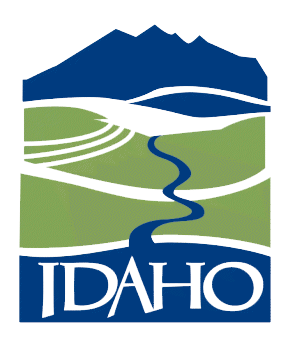We focus on three ways to achieve Conservation the Idaho Way:
- Support Districts’ Voluntary Conservation Efforts
- Conservation Programs and Services
- Conservation Reserve Enhancement Program (CREP) – Provide technical leadership and guidance to private landowners in coordination with Federal, State and other partners to reduce ground water consumption on cropland within the Eastern Snake Plain Aquifer
- Resource Conservation & Rangeland Development Program (RCRDP) Encourage farmers and ranchers to improve water quality and conserve natural resources by providing low-interest conservation loans
- Ground Water Quality/Nitrate Priority Areas Provide technical assistance in developing Ground Water Quality Improvement Plans within Nitrate Priority Areas; Maintain and improve ground water quality by promoting and supporting conservation projects through implementation of Best Management Practices (BMPs)
- Total Maximum Daily Load (TMDL) Implementation Planning Program Write plans to provide a framework for Conservation Districts, landowners and other partners to use to reach Idaho’s non-point source water quality goals. The Commission prepares agricultural and grazing plans that employ best management practices (BMPs) that reduce nitrates, agricultural chemicals, and other pollutants to improve water quality in surface and ground water. The Commission also assists landowners with conservation plans.
- Conduct Outreach & Communication Keep the public, decision makers, Conservation Districts and others informed of the activities and experiences of partners participating in Conservation the Idaho Way.
-
- Conservation the Idaho Way, our monthly newsletter on Partnership conservation successes in Idaho
- Conservation the Idaho Way Project Tracker, our map-based, story-telling inventory of Commission projects and District project assistance we’ve provided dating back to 1985.
-
Other pages linked to on Programs and Services: District Support Services, Conservation Programs, Communication/Outreach

